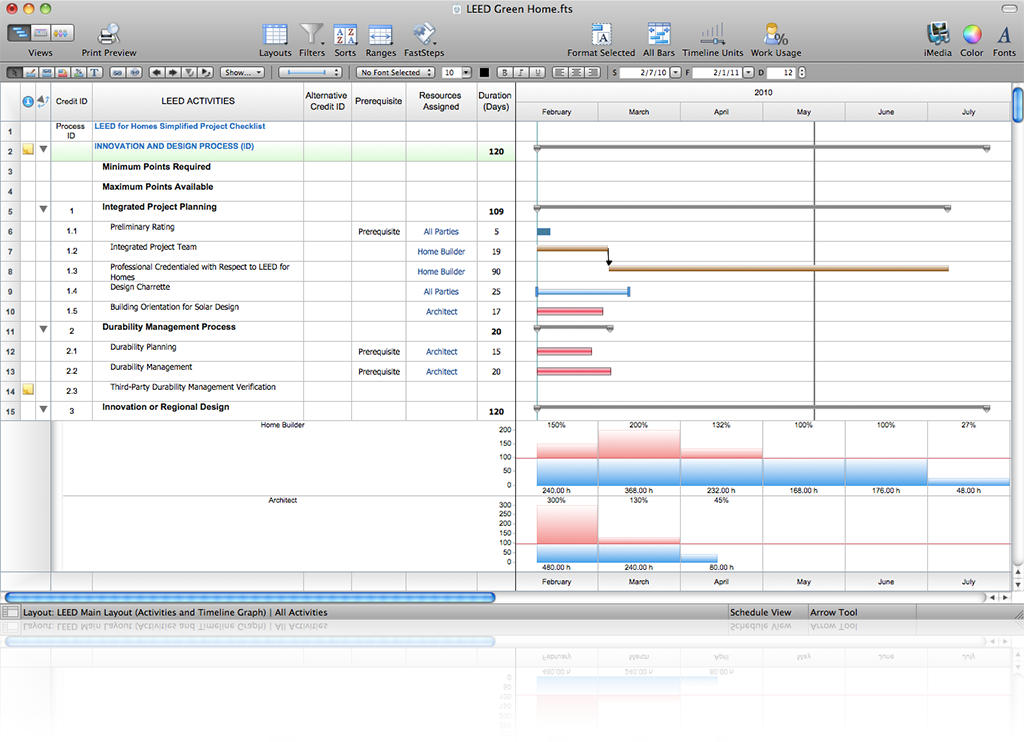

Pro Tools is software meant to record music in modern studios where creating performances from individual elements (which means that sometimes the musicians have not met each other, let alone played in the same room) is the rule, and recording everything live and all at once is the exception. All you need is a sound-editing software solution that is simple, intuitive, and as goof-proof as possible. You do not need to be able to apply the reverberation signature of a Gothic Cathedral…. You do not need software emulation of a classic vacuum-tube electric-guitar amp. You do not need 36 inputs or 128 tracks or 60 plug-ins. I think using Pro Tools might even be counter-productive when you are digitizing LPs-there is so much more to go wrong. (Neither do you need a lightning-fast tower computer with buckets of RAM.) Justifications are below. You do not need the Pro Tools software suite in order to make an archival-quality digital transfer of an LP (or any other legacy sound-media format). This installment sings the same tune, but with different words. In my immediately-previous installment, I tried to drive home the point that the kind of "computer audio interface" box that you can find at your local guitar-and-keyboards store is likely to have features you don't need, while lacking features that you do need. This installment covers software to make and edit a digital transfer of an analog LP. Part 4 (a USB computer interface to handle analog-to-digital conversion) is HERE.

Part 3 (Graham Slee's Revelation M phono stage) is HERE. Part 2 (Rega's Planar 3 turntable package) is here.
#Amadeus pro for mac series#
This is the fifth (and the penultimate) installment in my series about choosing Pareto-Optimal equipment to make archival digital copies of vinyl LP (long-playing) phonograph records. I heartily salute John's service to the high-end audio community. Nonetheless, John's Apple Mac-base approach is straightforward and not unduly expensive, and is thus approachable by a number of audiophiles who are interested in exploring the world of digitizing analog sources. Note also that I would be one who would be counted among those whom he designates as being subject to "the enthusiasms of a minority of audiophiles." Ahem! For that, more sophisticated equipment is required (e.g., a Playback Designs Pinot A/D converter). As he points out in his footnote, this method does not encompass the use of DSD (Single, Double, or Quad rate DSD) as a format. John, he of the blog site The Tannhauser Gate, gives our readers a cost-effective and reasonably simple method for transferring your albums to PCM files for archiving and playback functions. Below you'll find part five of John Marks' six-part series describing one method for digitizing LPs.


 0 kommentar(er)
0 kommentar(er)
